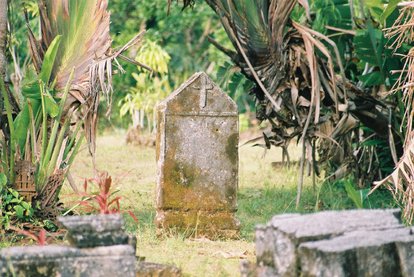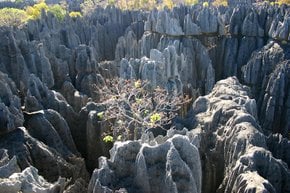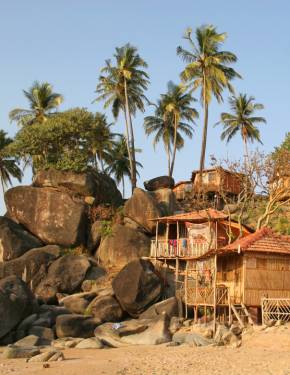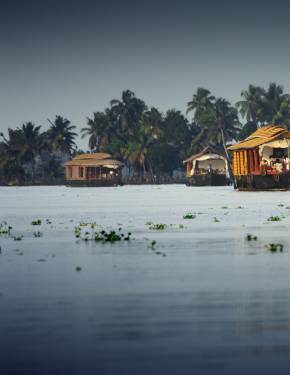Pirates' Cemetery in Madagascar 2026
30 pirates’ graves, a goblet of coco rum and the odour of dried cloves will enchant everyone.
Best time: November
What could be more romantic than drinking coco rum beside a pirate grave, inhaling a savoury smell of cloves? Apart from humpback whales, the biggest attraction on Saint Marie Island is undoubtedly the world’s only pirate graveyard, situated not far from the town of Ambodifotatra. Madagascar used to be a notorious stronghold for thousands pirates between 1680 and 1725. Previously the graveyard numbered hundreds of tombs, nowadays only 30 of them are left. All of them date back to 18th century, yet only a single one has a traditional pirate image engraved: a scull with crossed bones. The cemetery is surrounded with coconut palms. The island is also renowned for its large cloves crops. The best time to visit the graveyard is November, the time of cloves harvest. At this time they emanate incredible scent while being dried in the sun.































